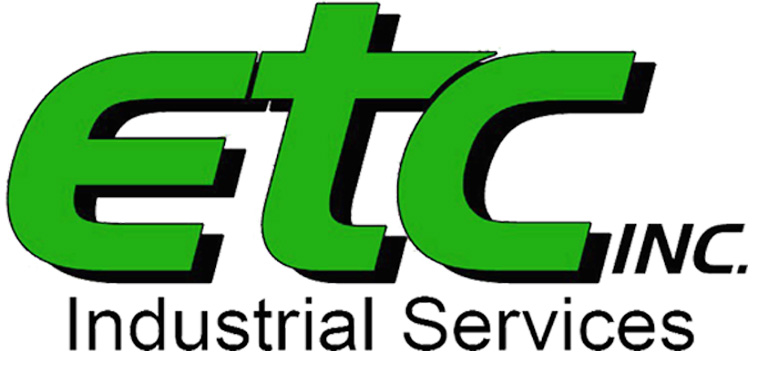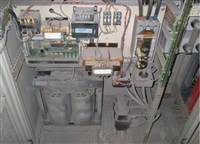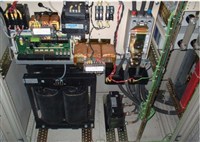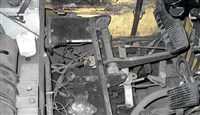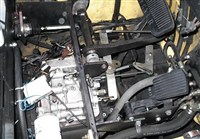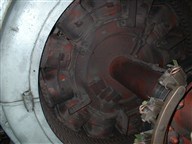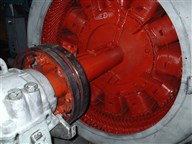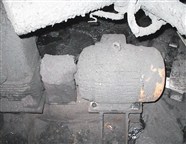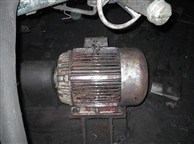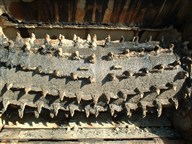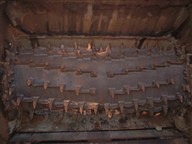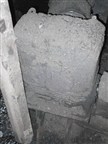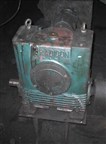What is Dry Ice Blasting?
Dry ice blasting, also known as dry ice cleaning, is a powerful and versatile industrial cleaning process. It propels solid carbon dioxide () pellets at high velocities using compressed air to clean a surface. It works similarly to other media blasting methods, like sandblasting, but with a few key differences.
Dry ice blasting works through three main mechanisms:
- Kinetic Impact: The high-velocity pellets impact the surface, causing the contaminant to break and detach.
- Thermal Shock: The extremely cold dry ice pellets () cause the surface layer of the contaminant to rapidly cool and contract. This thermal shock creates microscopic cracks, making the material brittle and easier to remove.
- Sublimation: Upon impact, the solid dry ice pellets instantly turn into a gas. This rapid change in state, called sublimation, expands the volume of the particles nearly 800 times. This expansion lifts the contaminant off the surface from beneath, acting like a miniature explosion that effectively blasts the debris away.
Unlike other blasting methods that use media like sand, walnut shells, or plastic beads, dry ice cleaning leaves no secondary waste. The dry ice simply sublimates into harmless gas, leaving behind only the removed debris, which can be easily swept or vacuumed away.


Key Advantages
Dry ice blasting has become a preferred method for many industrial cleaning applications because of its unique benefits:
- Non-Abrasive: The process is non-abrasive and won’t damage the underlying surface, making it safe for delicate equipment and components, including electrical parts.
- No Disassembly Required: It can be used in-place without the need to disassemble machinery or equipment, saving significant time and labor.
- Reduced Downtime: Since there’s no drying time and components don’t need to cool down, dry ice cleaning significantly reduces equipment downtime.
- Environmentally Friendly: It uses a recycled byproduct of other industrial processes, and since it leaves no secondary waste, it eliminates the need for expensive and potentially hazardous waste disposal.
- Waterless: The process is completely dry, which is ideal for cleaning sensitive electronics, motors, and other water-sensitive equipment.
